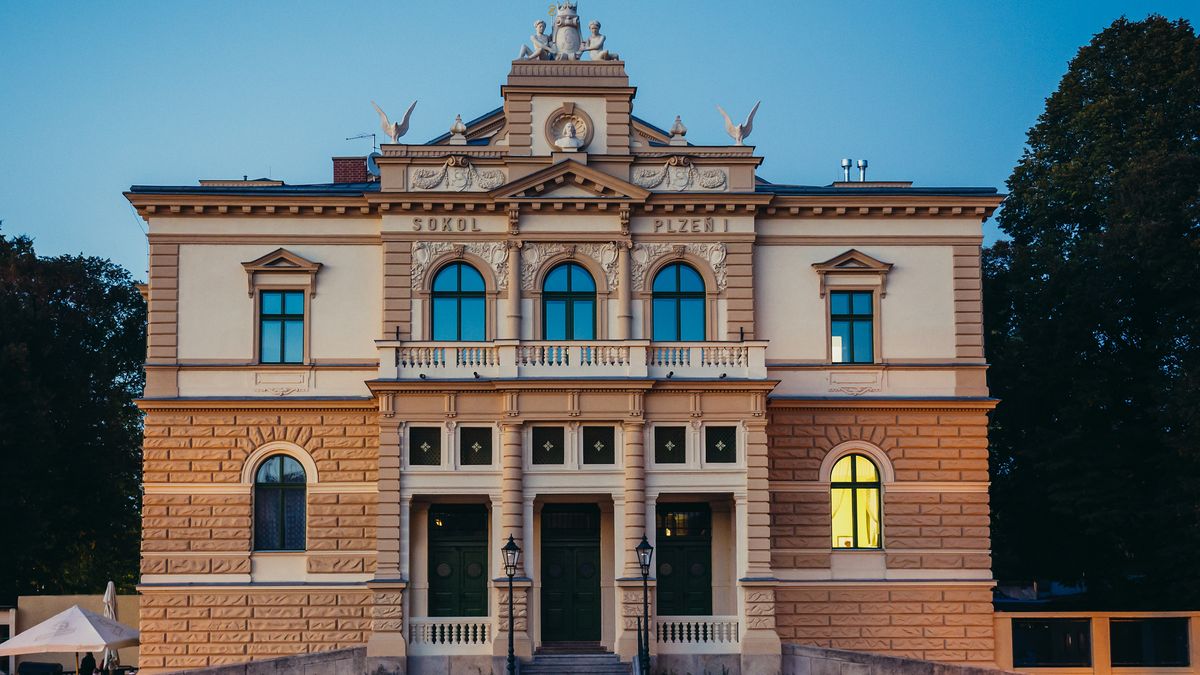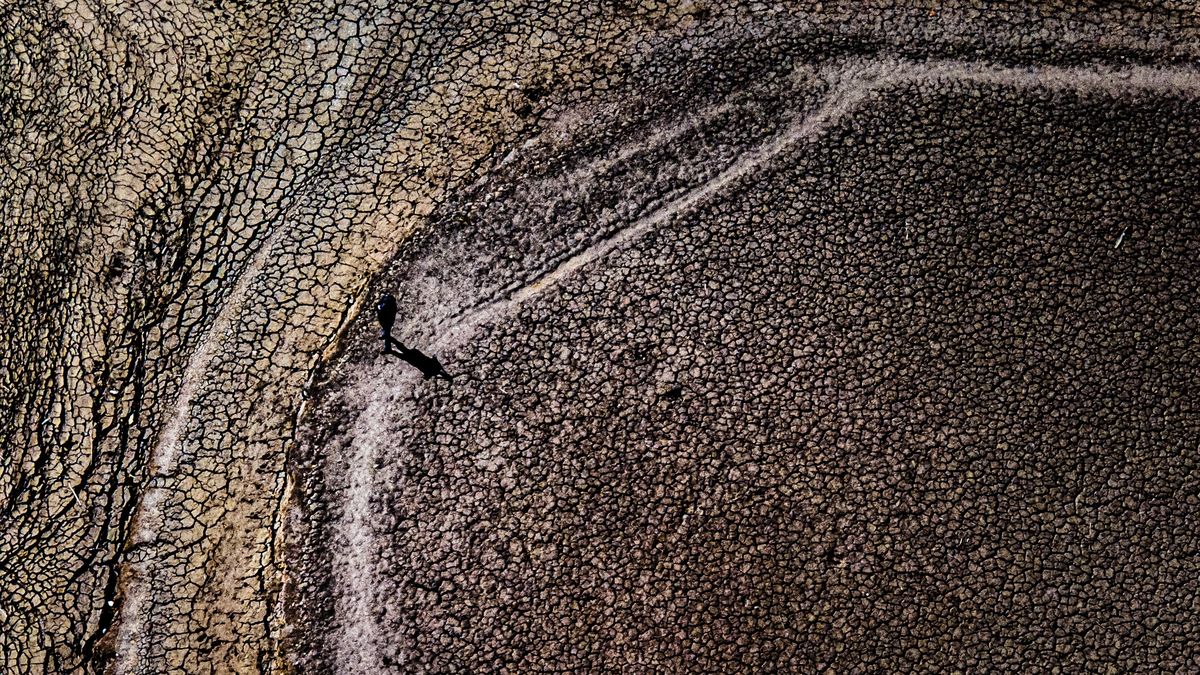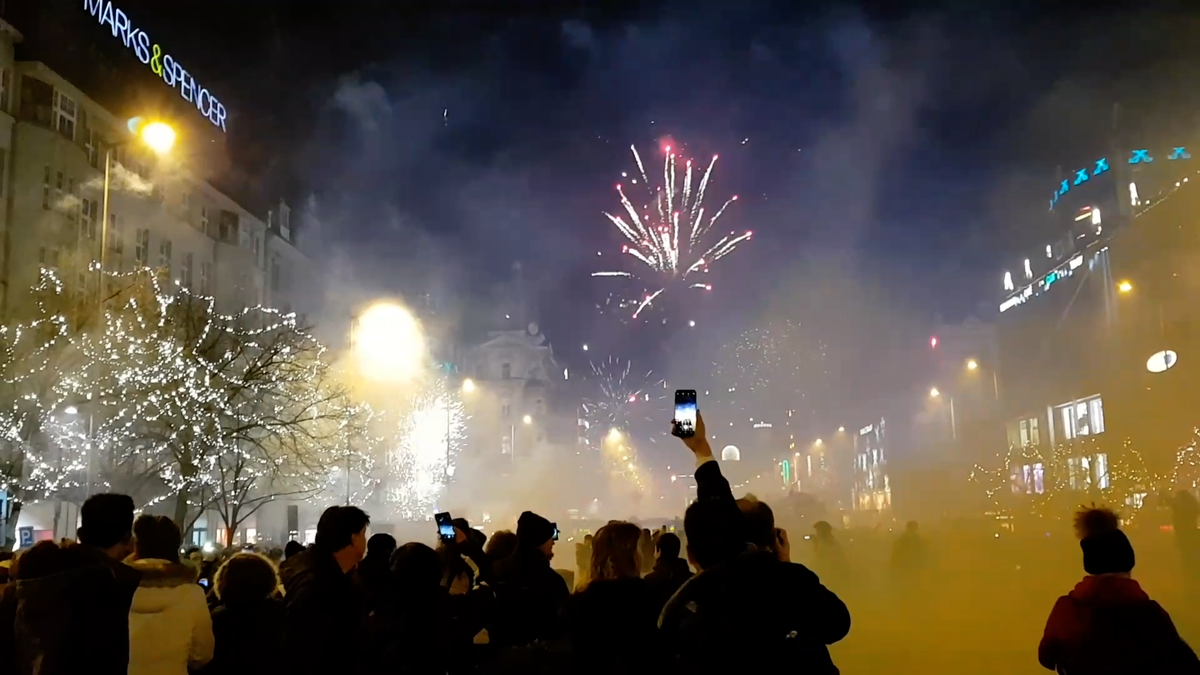Exercise on the floor, standing on your back, squatting or jumping on the bar. Today, Czech gym nomenclature is self-evident to everyone. However, it didn’t exist in the mid-19th century – before one of Sokol’s founders, Miroslav Tyrš, discovered it. Together with the Czech gymnasium system, he presented it to the public in the book Základové télócvika, which was published 150 years ago this year.
The Falcon Union gave the Czech Republic not only the foundation of physical education, but also the falcon building, which is also a center for social events in a number of municipalities. Apart from town halls and churches, they also significantly enriched their forms.
With Seznam Zrápami you can travel to the most beautiful places. By the way, even the word travel was coined by Tyrš for the exploration trip of Sokol. After all, eagles fly. We’ll also mention one historic gymnasium from another association, which the Falcons only owned for a short time. So go forward, not backward!
Prague – Michnovsk Palace
Photo: Shutterstock.com
The ruins of Michnovská Palace in Malá Strana Prague were rebuilt by Sokol into the Tyrš House.
100 years ago, Michnovsk Palace in Prague’s Malá Strana was a construction site. The Czechoslovak community of Sokolská bought it in 1921 as ruins with the intention of building its headquarters – Tyršův dům. The competition for reconstruction and expansion was won by František Krásný, member of Sokol, student of Otto Wagner and pioneer of Art Nouveau.
He expanded the north and east wings of the palace, creating a closed north courtyard. He added a gymnasium, swimming pool and a dormitory extension to it, closely in keeping with the historic complex, though with modernist elements. He also established an outdoor training ground at the site of the demolished Austrian army armory, the current parking lot.
Palace from the Dark Ages
Mostly completed in 1644, Michnov Palace has origins linked to the “Dark Ages”. At the same time, they weren’t the only grandiose structures added in Prague and elsewhere on Czech soil during or after the Thirty Years’ War.
Krásné sokol architects were also used in the construction and renovation of gymnasiums in Poděbrady, Litomyšl, Nové Knín, Pilsen-Koterov, Kurími, Přeštice or Nové Město nad Metují.
Brandýs nad Orlicí
Photo: Shutterstock.com
The originally representative villa was transformed into an eagle less than a hundred years ago.
The Sokol residence at the spa resort looks like a castle. And this impression is not far from the truth. Builder Čeněk O. Staněk of Vysoké Mýt made it by expanding a former representative villa. In the late 19th century, local architect and designer Jan Horský built a romantic villa that Ludmila built for his wife.
During the reconstruction of the villa as an eagle in 1925–26, a new section was added from the rear, which also included a cinema and theater room. To align it with the main facade, the author repeated the blind frame of the Mannerist window above it.
Pilsen
Photo: Shutterstock.com
Architect Josef Podhajský is the author of Pilsen’s falconry.
With a lavish neo-Renaissance concept, the eagle at Štruncové Sady Pilsen from 1896 is close to the theatre, museum, community center or town hall. Noble is not only the facade, but also the interior of the main hall which is flanked by a gallery with arcades.
The architect was Josef Podhajský, who studied in Vienna and worked as a secondary school teacher. However, he also became a specialist in falconry, mixing historicism with Art Nouveau. Apart from the one in Pilsen, he also designed the gymnasium in Vysoké Mýt and the former falconry in Jaroměř, which was later converted into a theatre.
Prague-Liben
Photo: Filip Grygera, Seznam Zpravy
Libeňská sokolovna stands in a place associated with the writer Bohumil Hrabal.
Sokolovna, which blends art nouveau and cubism styles, has stood in Libni since 1910. Its main façade was probably inspired by the Fant building in Wilsonova nádraží. The nave with the main entrance is flanked by two tall octagonal bay windows that resemble towers. Under the triangular shield is the so-called arched thermal window, typical for falcon houses.
cubism architecture
Cubism, which can also be recognized in the eagle houses in Litomyšl, Znojmo or Jaroměřice nad Rokytnou, is a Czech specialty. List News has charted some of its brightest examples.
The building was apparently designed by Matěj Blecha, who was built by his company. During the First World War it was a hospital, during the Second World War it was a military warehouse. The main hall is illuminated at the top of the walls like a historic basilica.
Prostejov
Photo: Profimedia.cz
Sokolovna in Prostějov came from the workshop of the architect Otakar Pokorný.
Art Nouveau in Prostějov, which is mostly the National Building by Jan Kotěra. The Falconry of architect Otakar Pokorný’s workshop, Kotěr’s student and collaborator, can be considered his younger sister. He even worked as an executive designer at the National Building and was also involved in the Kotěr Museum in Hradec Králové.
The site and access to it necessitated placing the main entrance on the longer side of the building. The asymmetrical layout of the front facade with a triangular gable is reminiscent of the National House.
Český Brod
Photo: Shutterstock.com
Českobrodská sokolovna is one of the oldest in the Czech Republic.
The Neo-Renaissance was chosen for the Českébrod gymnasium by the architect and designer Jan Koula, who is known for his reconstruction and sgraffito decoration of the Pilsen town hall or the house on Pařížská street in Prague. Completed in 1885, the eagle is one of the oldest in the Czech Republic.
The entrance should be located on the far right side of the longer building. At the time, symmetry was still the norm, so the architect added a second entrance across the façade. Both are classics, which makes the building resemble a museum pavilion. After all, Jan Koula also worked as a museum curator.
Crayfish
Photo: Shutterstock.com
Architect Otakar Novotný designed two eagle houses in the spirit of classic geometric modernity.
Another student of Kotěr, Otakar Novotný, alternated between several styles – from Art Nouveau to Modernism and Cubism to Functionalism. In his modernist period, apparently under Kotěr’s influence, he became fond of facing bricks.
Jewel Jan Kotěra
Architect Jan Kotěra is one of the greatest figures of 20th century Czech architecture. Check out his famous and lesser known projects.
At Holice and Rakovník he also designed two eagle houses in the spirit of classic geometric modernism and used white bricks for both. The much larger one from 1914 in Kraków earned the nickname the White House thanks to that material.
high toll
Photo: Profimedia.cz
A mix of Neo-Renaissance and Art Nouveau, this is the eagle at Vysoké Mýt.
The already mentioned architect Josef Podhajský inscribed his handwriting on his original Vysoké Mýt form. He used an eclectic mix of Neo-Renaissance and Art Nouveau for the eagles there. From the Renaissance it takes the gable form and its details or the sgraffito on the façade, the Art Nouveau window, which runs from the main cornice to the attic, for example.
The gymnasium enclosure at the back with three apses, borrowed from Byzantine or Roman churches, is unusual. The impression of the temple on the inside is supported by two bronze statues of Sokol’s founders, Tyrš and Fügner. Each stands in one of the side apses, which makes the back wall of the gym resemble the end of a church with an altar.
round
Photo: Profimedia.cz
The eagle complex in Přerov has three to five floors in various places.
A student of Jan Kotěra also served in Přerov, but this time he was a functionalist. The Eagle over there on the bank of Bečva was designed by Karel Caivas, otherwise, for example, one of the authors of the Prague transit station in Žižkov. The project was later modified by local architects Stanislav Andrlík and Vlastislav Chroust.
Behind the roots of functionalism
Functionalism as the dominant trend of the 20th century was largely born in the German Bauhaus school more than 100 years ago.
Among the pioneers of functionalism was the Czech architect Bohuslav Fuchs, who designed, among other things, the falcon in Jihlava. However, he worked mainly in Brno.
Opened in 1936, the complex is three to five storeys high in various places, besides a gym there are offices, lecture halls, restaurants and a puppet theater hall. It consists of several cubes, is reminiscent of the villas of the masters of the Bauhaus school in Dessau and refers to the Dutch De Stijl movement. The influence of organic functionalism is evident in the rounded corners.
Liberec
Photo: Profimedia.cz
The red and white gym from 1893 is still in use in Liberec today.
Among the many German minorities who lived on Czech soil until the end of the Second World War, there used to be the widespread German Physical Education Association, which in Czech was called the Turner Association. After one of its cells, the red and white gym from 1893 remains in Liberec, which is still in use today.
Architect Julius Keil designed it in an unusual mix of neo-baroque and neo-Romanesque styles. Thanks to the size of the hall, cultural and social events are also held here. After 1945, the gymnasium was taken over by Sokol, since the 1950s it was managed by TJ Lokomotiva Liberec.

“Certified bacon geek. Evil social media fanatic. Music practitioner. Communicator.”







